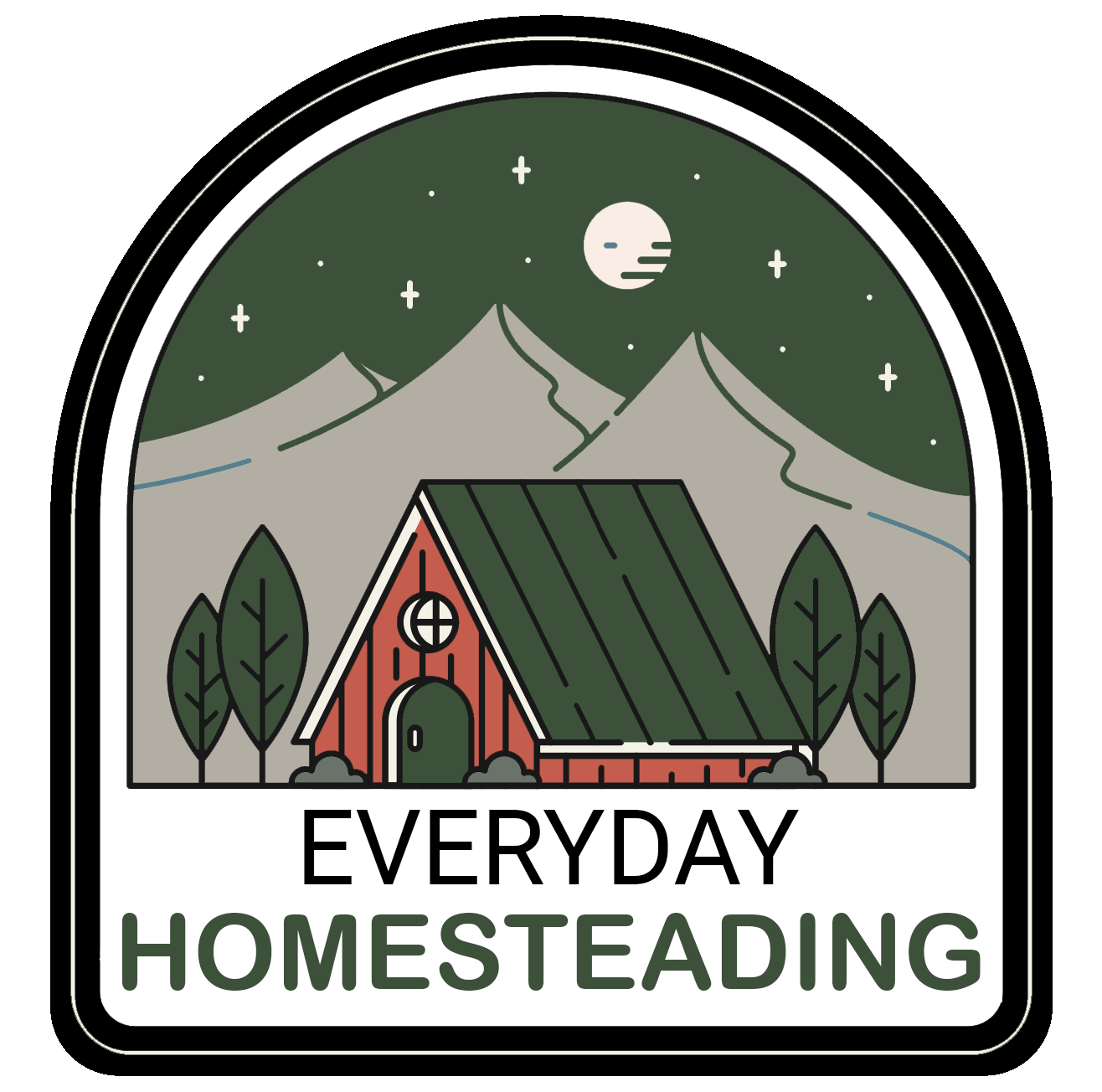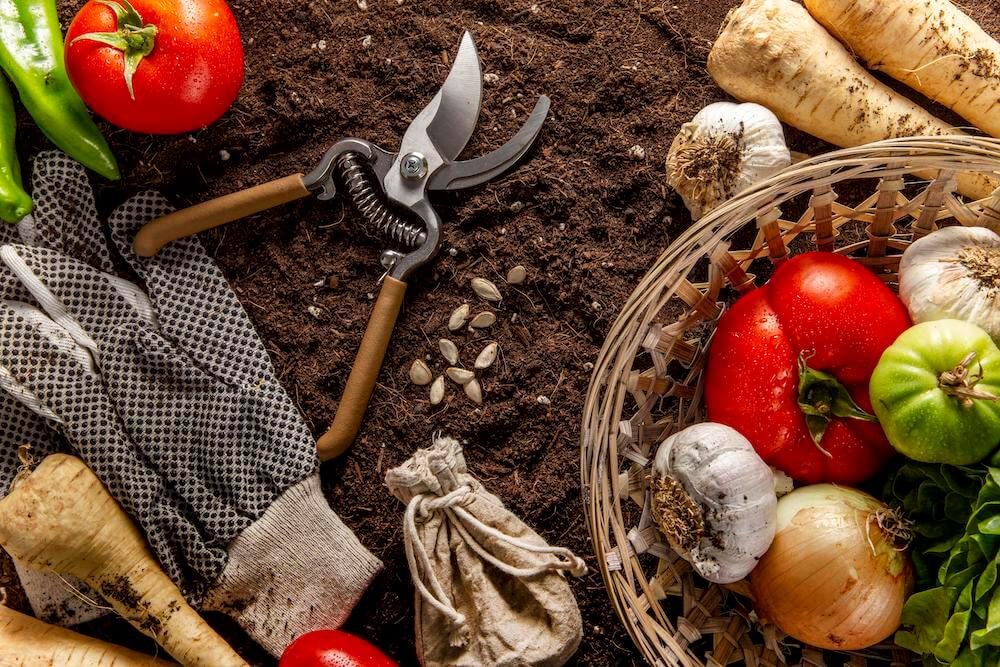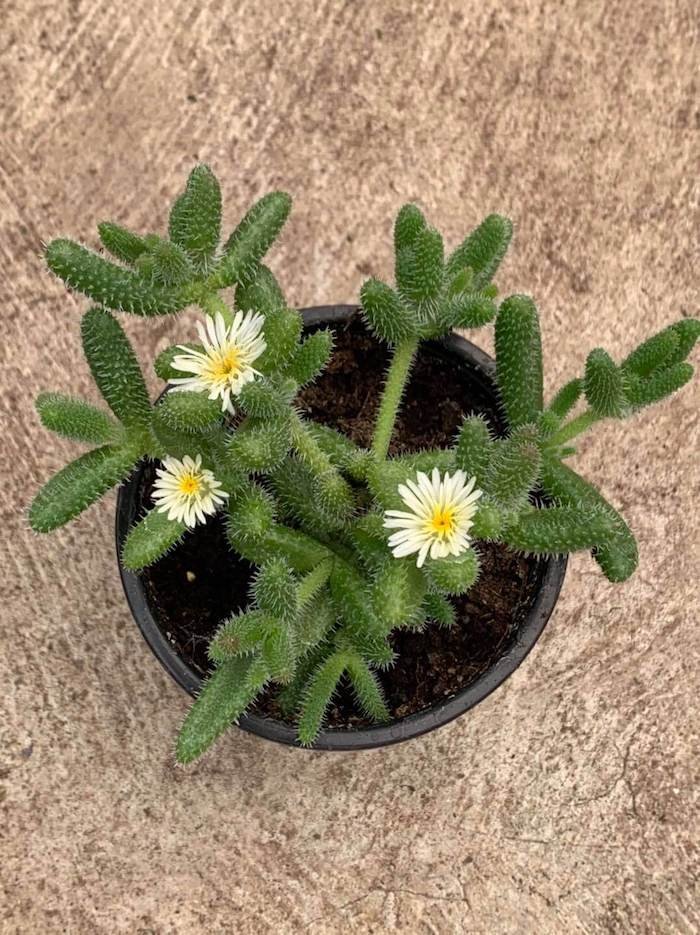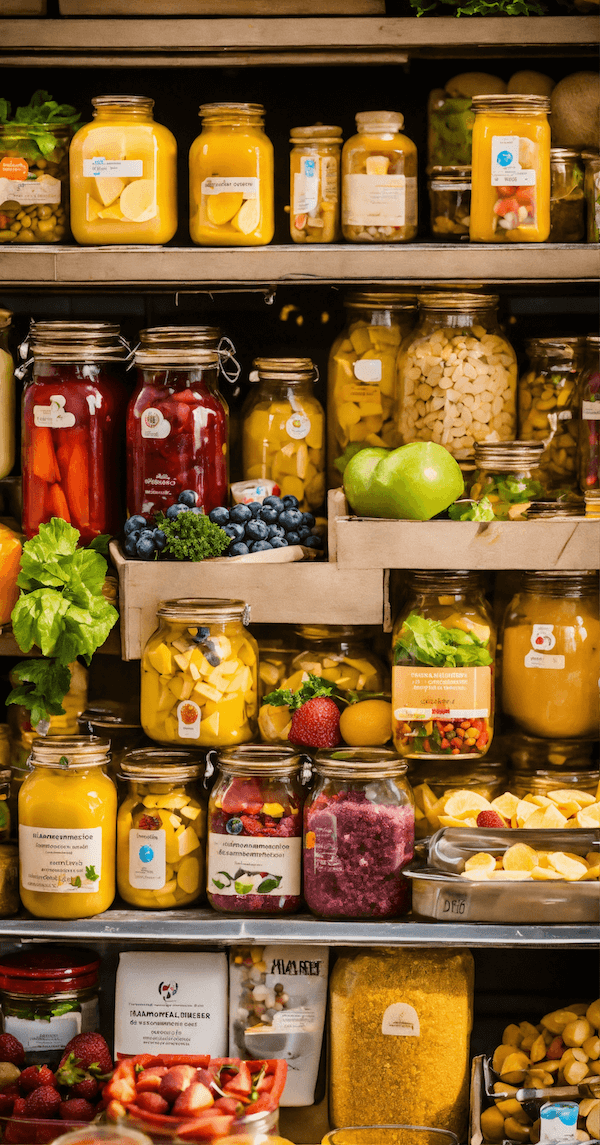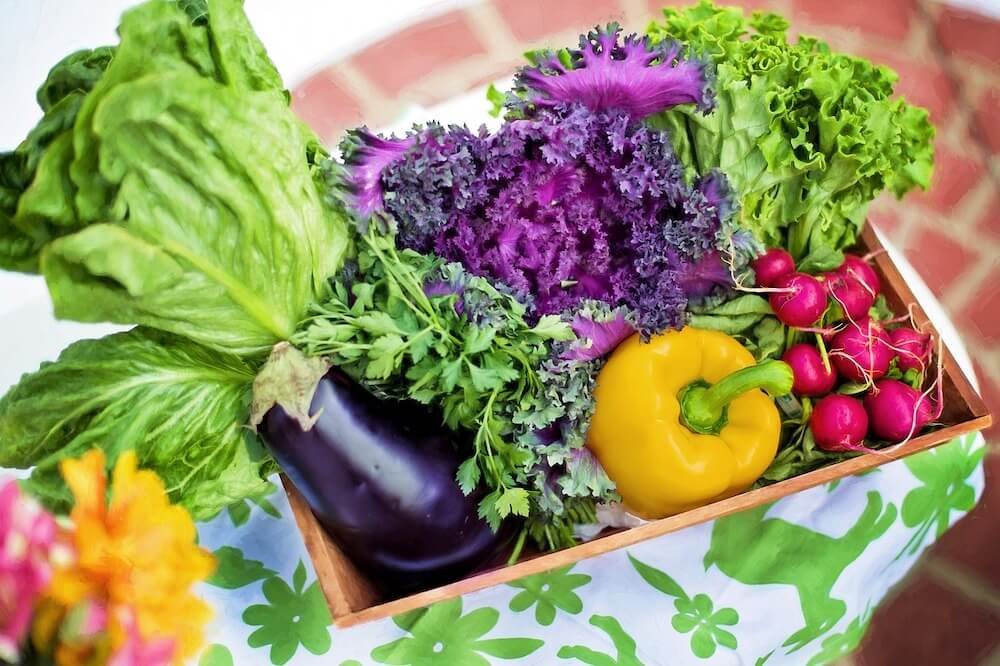How to Make Cayenne Pepper Powder in Your Homestead
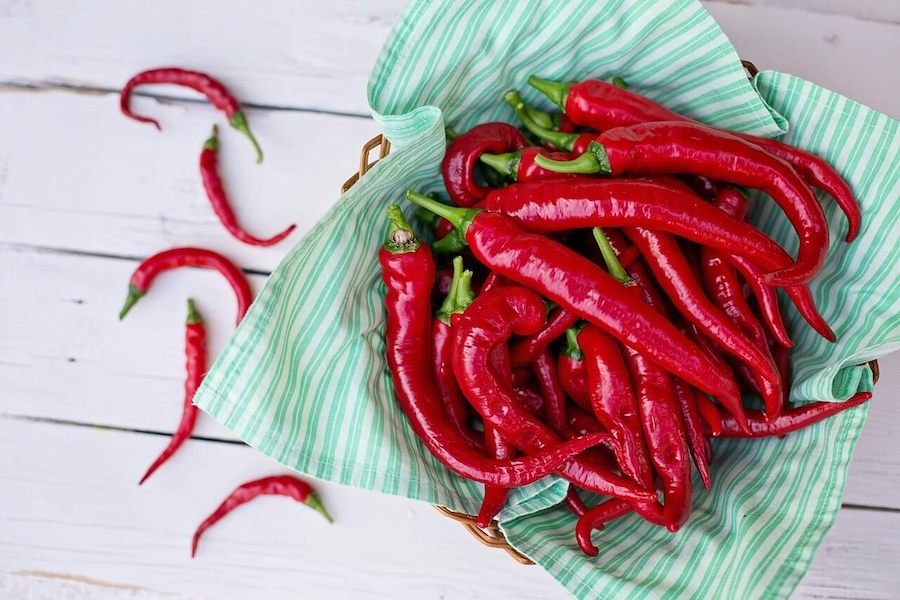
In the world of homesteading, there’s a certain satisfaction that comes from growing and harvesting your own food. From the juicy tomatoes ripening on the vine to the crisp lettuce in the garden, every bite is a reminder of the hard work and dedication that goes into producing a bountiful harvest. But for me, there’s one crop that stands out above the rest: the cayenne pepper. These fiery, vibrant peppers not only add a delicious kick to my culinary creations, but they also serve as the foundation for my homemade cayenne pepper powder – a versatile seasoning that has become a staple in my homestead kitchen.
These vibrant, elongated peppers have long been a staple in my garden, providing not only a bountiful harvest but also a wealth of uses in the kitchen and beyond. And while you can certainly purchase pre-ground cayenne pepper powder from the store, there’s something incredibly satisfying about taking those fresh, fiery peppers and transforming them into your own homemade seasoning blend.
In this comprehensive guide, I’ll walk you through the step-by-step process of how to dry cayenne pepper and turn it into a flavorful, aromatic powder that will elevate your culinary creations to new heights. From the initial harvest to the final storage, you’ll learn everything you need to know to master the art of homemade cayenne pepper powder. So, let’s dive in and unlock the full potential of this versatile spice!
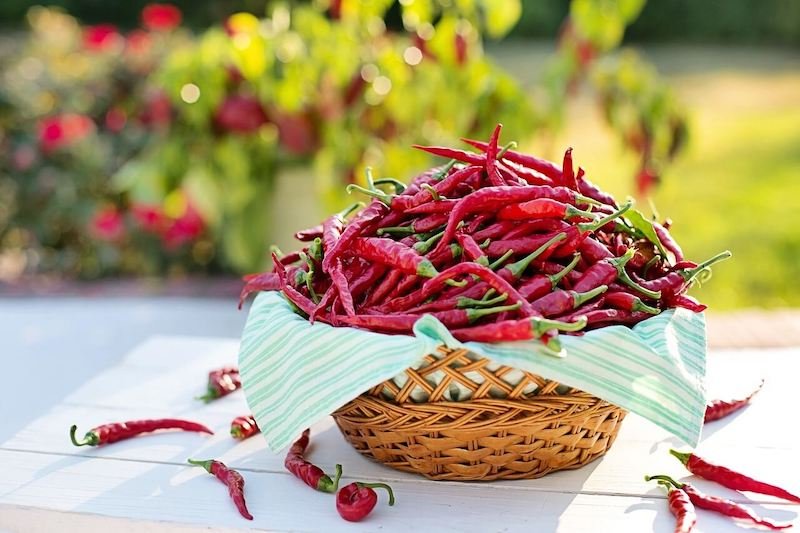
Harvesting and Drying Cayenne Peppers
The first step in creating your own cayenne pepper powder is, of course, growing and harvesting the peppers themselves. Cayenne peppers are a relatively easy crop to cultivate, thriving in warm, sunny conditions and well-draining soil.
Once your cayenne peppers have reached their vibrant, mature color (typically a deep, fiery red), it’s time to harvest them. Carefully snip the peppers from the plant, leaving a small stem attached. This not only helps preserve the pepper’s freshness but also makes for a more visually appealing final product.
Now, the real magic begins – how to dry cayenne pepper to prepare it for powdering. There are several effective methods you can use, depending on your available resources and personal preferences:
Air Drying
One of the simplest ways for drying cayenne pepper is by air drying. Gather your freshly harvested peppers and hang them in a warm, well-ventilated area, such as a sunny windowsill or a covered porch. Make sure to space the peppers out to allow for proper air circulation, and be patient – this method can take 1-2 weeks to fully dry the peppers.
Oven Drying
For a quicker drying process, you can use your oven. Spread the cayenne peppers in a single layer on a baking sheet and place them in the oven at the lowest possible temperature (around 135°F or 57°C). Check on them periodically, flipping the peppers occasionally, until they are completely dried, which can take 4-8 hours.
Dehydrator
If you have access to a food dehydrator, this is an excellent option for drying cayenne pepper. Arrange the peppers in a single layer on the dehydrator trays and set the temperature to 95-115°F (35-46°C). Depending on the size and moisture content of your peppers, the drying process can take 6-12 hours.Regardless of the method you choose, the key is to ensure that the cayenne peppers are completely dried and brittle before moving on to the next step. This will ensure that your homemade cayenne pepper powder has the perfect texture and flavor.
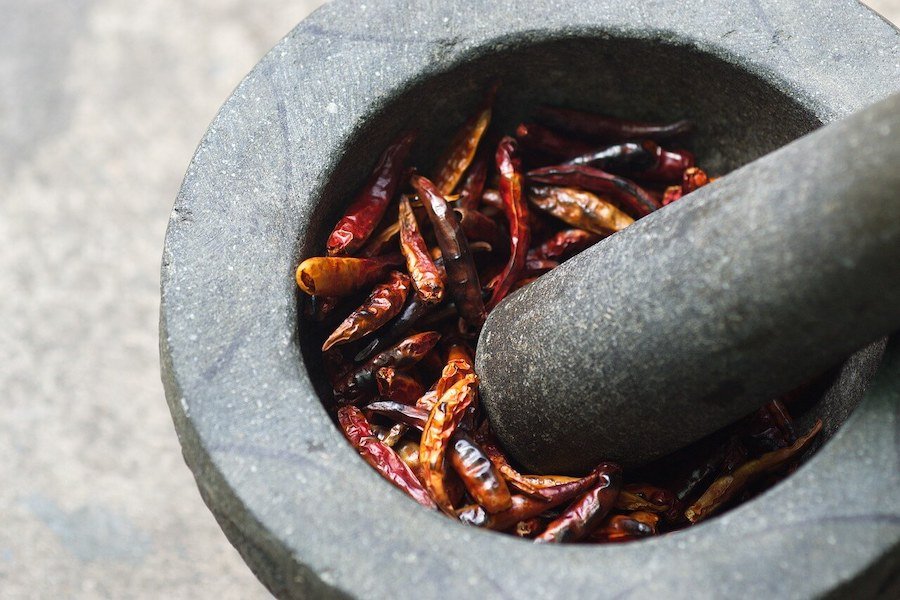
Grinding and Storing Cayenne Pepper Powder
Once your cayenne peppers are thoroughly dried, it’s time to transform them into a fine, aromatic powder. There are a few different tools you can use for this task:
Spice Grinder or Coffee Grinder
A dedicated spice grinder or even a clean coffee grinder works wonderfully for grinding dried cayenne peppers into a fine powder. Simply add the dried peppers and pulse or grind until you achieve your desired consistency.
Mortar and Pestle
For a more hands-on approach, you can use a mortar and pestle to grind the dried cayenne peppers. This method allows you to control the texture and can be a therapeutic process for some.
High-Speed Blender
If you don’t have access to a dedicated spice grinder, you can also use a high-speed blender to pulverize the dried peppers into a fine powder. Just be sure to work in small batches and pulse the blender to avoid overheating the spice.
Regardless of the method you choose, be sure to wear gloves and work in a well-ventilated area to avoid irritating your eyes and nose with the potent cayenne pepper dust.
Once your cayenne pepper powder is ready, it’s time to focus on proper storage. To ensure maximum freshness and flavor, store your homemade powder in an airtight container, such as a glass jar or tin, in a cool, dark place. Avoid exposure to heat, light, and moisture, as these can cause the powder to lose its potency over time.
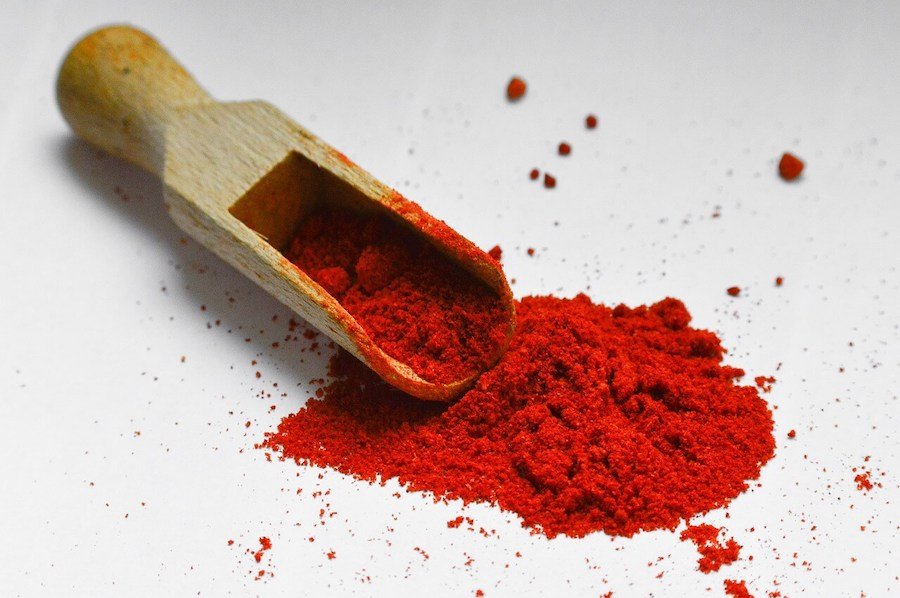
Unleashing the Versatility of Cayenne Pepper Powder
Now that you’ve mastered the art of drying cayenne pepper and transforming it into a flavorful powder, it’s time to explore the countless ways you can use this versatile spice in your homestead kitchen and beyond.
Culinary Uses of Cayenne Pepper Powder
Cayenne pepper powder is a staple ingredient in many spicy cuisines, adding a fiery kick to dishes ranging from chili and hot sauce to marinades and rubs. It’s also a fantastic addition to baked goods, lending a subtle heat and depth of flavor to everything from crackers to chocolate.
Health and Wellness
Cayenne pepper is renowned for its numerous health benefits, including its ability to boost metabolism, aid digestion, and reduce inflammation. You can incorporate it into your wellness routine by adding it to teas, smoothies, or even taking it in supplement form. This guide provides more information on the health benefits of cayenne pepper.
Natural Pest Control
Believe it or not, cayenne pepper powder can also be used as a natural pest deterrent in the garden. Sprinkle it around the base of plants or mix it with water to create a spray that can help keep unwanted critters at bay.
Crafts and DIY
The vibrant color and unique texture of cayenne pepper powder make it a versatile ingredient for all sorts of crafts and DIY projects. Use it to create homemade bath bombs, lip balms, or even natural dyes for textiles and paper.With so many potential uses, your homemade cayenne pepper powder is sure to become a staple in your homestead pantry and beyond. Get creative and explore the endless possibilities!
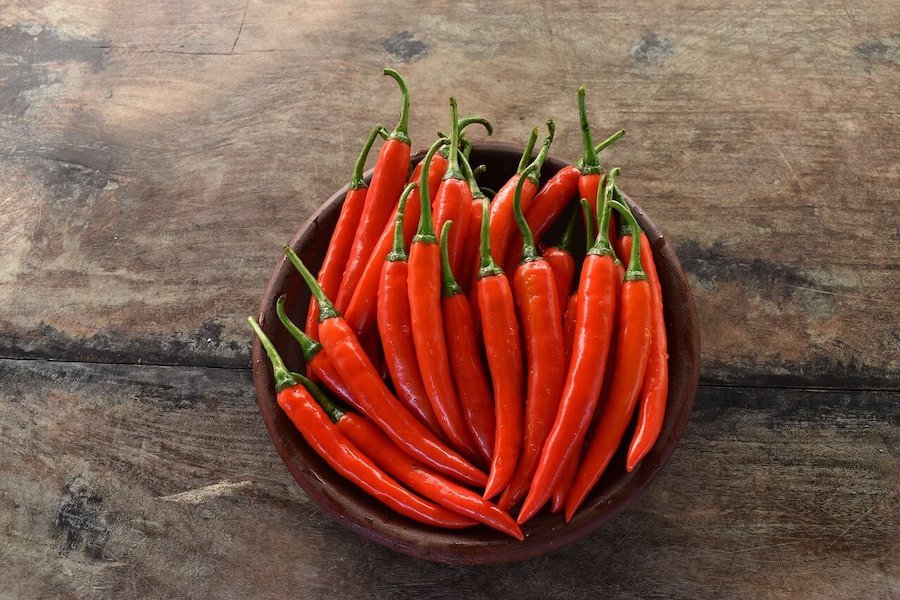
Tips and Tricks for Cayenne Pepper Powder Success
As you embark on your cayenne pepper powder-making journey, here are a few additional tips and tricks to help ensure your success:
- Experiment with Drying Methods: Don’t be afraid to try different drying techniques to find the one that works best for your needs and resources. Each method has its own advantages, so explore and find the one that suits you.
- Adjust Grind Size: Depending on your intended use, you may want to adjust the grind size of your cayenne pepper powder. A finer grind works well for seasoning and sprinkling, while a coarser grind can be better for rubs and marinades.
- Label and Date: Be sure to label your homemade cayenne pepper powder with the date it was made, as well as any relevant information about the drying and grinding process. This will help you keep track of freshness and potency.
- Grow Unique Varieties: Expand your cayenne pepper powder repertoire by growing different cultivars, such as the Bolivian or Thai varieties, each with their own distinct flavor profiles.
- Experiment with Blends: Try mixing your homemade cayenne pepper powder with other spices, herbs, or seasonings to create custom blends that cater to your unique culinary preferences.
- Preserve Excess Peppers: If you have a surplus of fresh cayenne peppers, consider preserving them in oil, vinegar, or by freezing to extend their shelf life and ensure you have a steady supply for powder-making.
By following these tips and tricks, you’ll be well on your way to mastering the art of homemade cayenne pepper powder and unlocking the full potential of this versatile, flavorful spice.
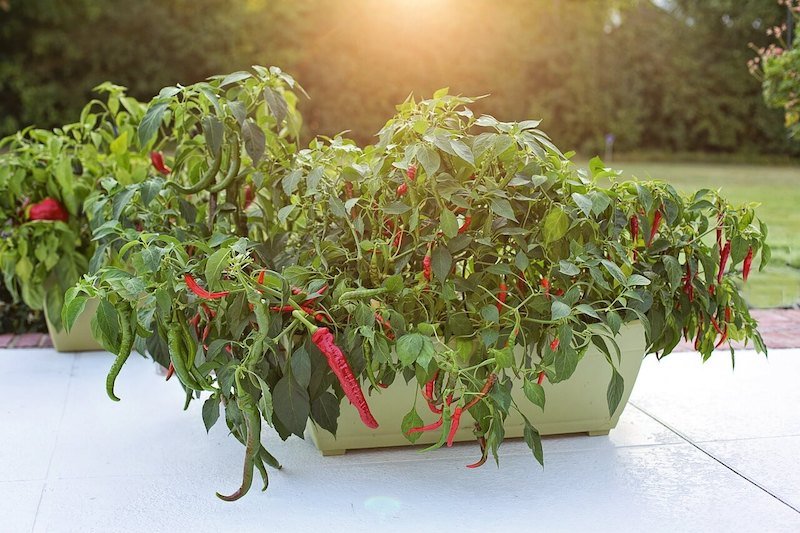
Frequently Asked Questions about Cayenne Pepper Powder
Q: How long does homemade cayenne powder last?
A: Properly stored in an airtight container in a cool, dark place, homemade cayenne pepper powder can last for 6-12 months, or even longer.
Q: Can I use other types of peppers to make powder?
A: Absolutely! While cayenne peppers are a classic choice, you can experiment with a variety of other pepper types, such as jalapeños, habaneros, or even bell peppers, to create unique powder blends.
Q: Do I need to wear gloves when handling cayenne peppers?
A: Yes, it’s highly recommended to wear gloves when handling fresh cayenne peppers, especially during the drying and grinding process. The capsaicin in the peppers can irritate skin and eyes.
Q: Can I use my cayenne powder for medicinal purposes?
A: Cayenne pepper powder has been used for various medicinal purposes, such as improving circulation and reducing inflammation. However, it’s always best to consult with a healthcare professional before using it for any therapeutic purposes.
Q: How can I tell if my cayenne pepper powder has gone bad?
A: Signs that your cayenne pepper powder has lost its potency or gone stale include a dull color, loss of aroma, and a decrease in heat level. If the powder smells musty or moldy, it’s best to discard it.
By addressing these common questions, you’ll be well-equipped to confidently create, store, and use your homemade cayenne powder for a wide range of culinary and practical applications on your homestead.



